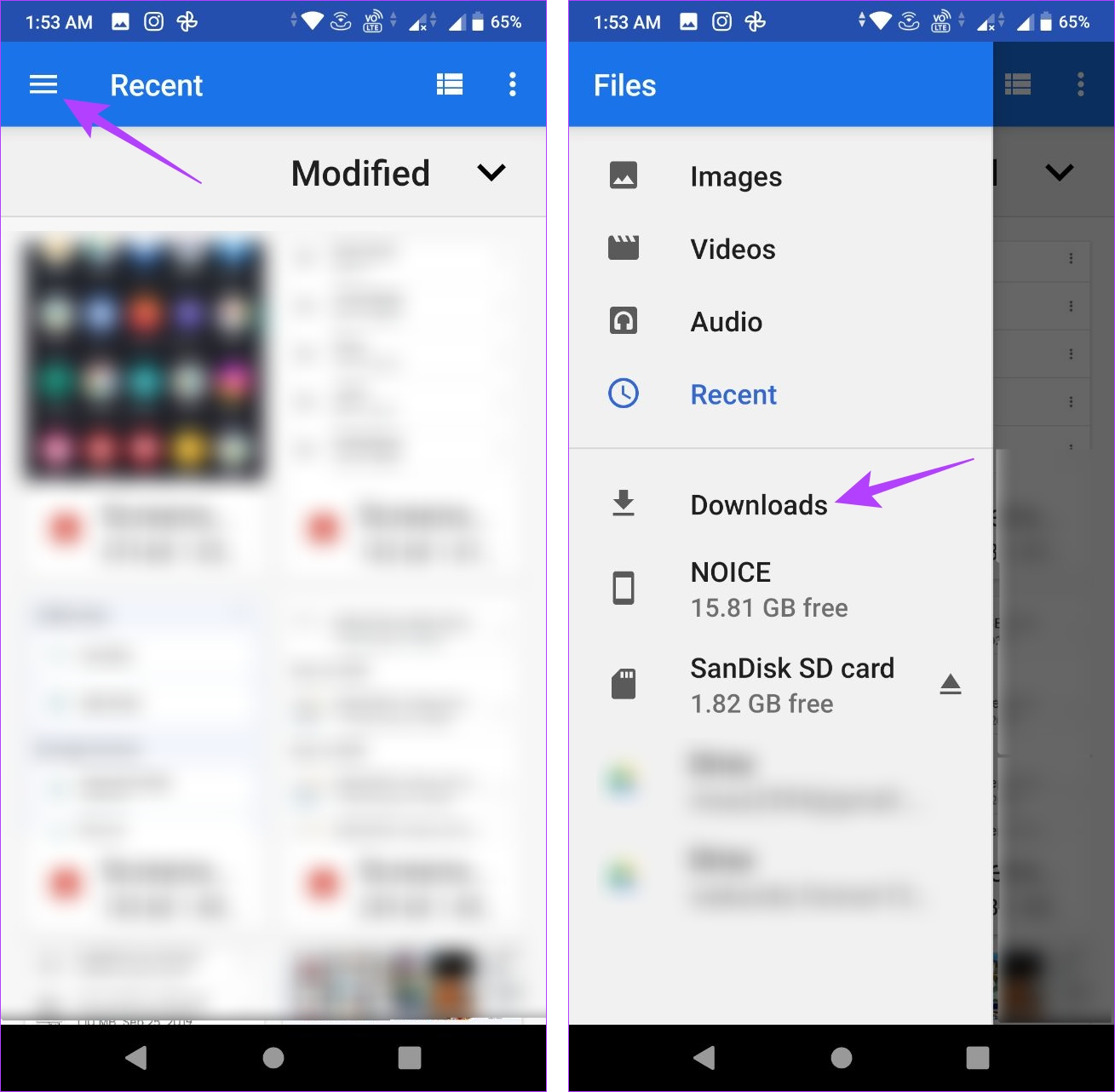How download phone on tablet can Save You Time, Stress, and Money.
How download phone on tablet can Save You Time, Stress, and Money.
Blog Article
Downloading documents on your Android gadget is straightforward, but locating them can be a hassle. Prior to you know it, images, video clips, screenshots, and other documents mess your phone. You need to understand where those downloads went to make sure that you can delete unneeded records that are occupying space on your phone.

This overview reveals you exactly how to locate an vital documents that vanished and just how to arrange your Downloads folder. Below's exactly how to find downloads on your device, whether you utilize one of the most effective Google Pixel phones or an additional Android smartphone.
Locate your downloads with the default documents supervisor
Every phone manufacturer may supply a unique pre-installed Android application for arranging files, yet your usage needs to be similar. If you have a Samsung tool, you can consult our guide on finding downloads on your Samsung Galaxy phone.
Much like various other prominent os, Android has a assigned Downloads folder for saving files. To find your downloaded and install files on your gadget, adhere to these steps:
1. Open the Data or My Documents app from the home screen or application cabinet.
2. Look for a section called Downloads.
3. Touch it to watch the files you downloaded.
Make use of the Documents by Google app for your downloads
If you're looking for a simple and efficient method to find your downloaded and install documents on your Android tool, take into consideration using Files by Google from the Google Play Store. This app stands apart as a top option for its easy to use interface and performance, making it an exceptional choice to any type of preinstalled data manager app on your gadget.
4. Open the Files app.
5. Select the Browse tab at the bottom.
6. Tap Downloads.
7. Select the Download tab to see the files because folder.
Situate your downloads by hand
If you're not able to find the Downloads folder on the main page of your documents supervisor application, try accessing your phone's internal storage rather. Below's a detailed guide on exactly how to do it:
1. Open the Files application.
2. Select the Browse tab near the bottom.
3. Scroll down and go to Internal storage space.
4. Touch the Download and install folder.
Move your downloads to another location
Relocating files away from the Downloads folder is handy for numerous reasons, especially for documents having personal or personal details. Placing these files into their folder maintains them protected and makes it difficult to remove them mistakenly. It likewise prevents them from obtaining hidden and combined with the other arbitrary data you download.
1. Open the Files app.
2. Navigate to your Download folder.
3. Tap the three-dot menu to the right of any file.
4. Choose the Move to option.
5. Tap Internal storage at the bottom.
6. Select any location or folder.
7. Tap Move here to transfer the file to that location.
Additionally, you can utilize the Copy to feature and transfer these files to a different location. This enables you to create numerous copies without deleting the original files from your Download folder.
View the exact location of your downloadsM/b >
You may want to see the location of the Download folder for various reasons from time to time. Tap the three-dot menu next to one of your downloaded files and go to File info. The/ storage/emulated/0/ Download path is the default for many modern Android devices. Some third-party web browsers might save files to a different folder, but this should be the location for most downloads.
Managing your downloads is easier than you think
The Files app by Google is an excellent choice for those who appreciate a straightforward file management solution. With its user-friendly interface and simple features, this app effectively categorizes your downloads on your Android phone or tablet files into different types such as downloads, images, videos, and audio. Additionally, it provides the option to remove unnecessary files.
Speaking of tidying up, you can free up more storage space by learning how to delete unwanted WhatsApp media files. You can install an SD card on some Android devices if you're still short on space.
Report this page